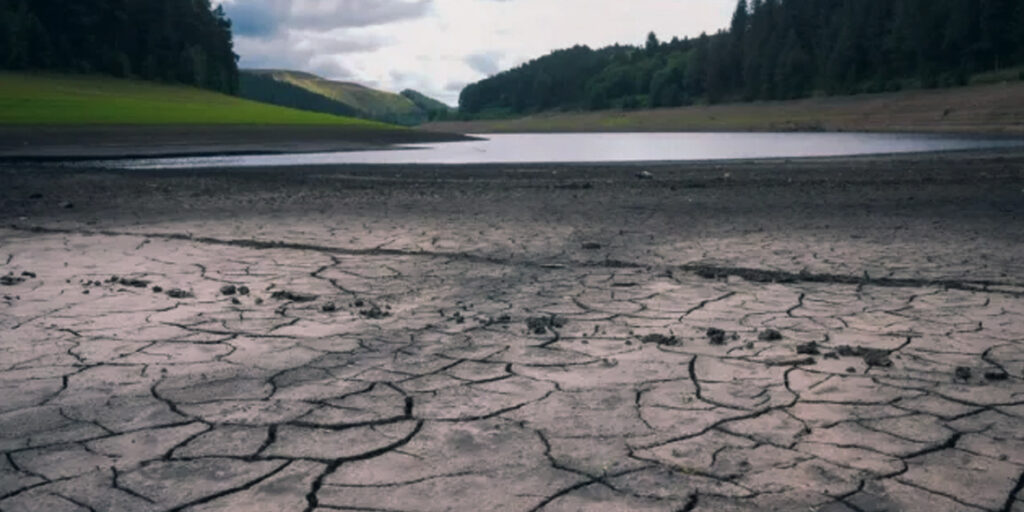The UK is experiencing nationally significant water shortages despite rainfall in July, with officials warning of worsening conditions as temperatures are set to climb to 34°C.
The National Drought Group, which includes the Met Office, regulators, government bodies, water companies and environmental organisations, reports that five areas of the country remain officially in drought, while six more are classed as being in prolonged dry weather status. The shortage is already impacting crop yields, livestock feed, wetlands, river wildlife and increasing the risk of wildfires.
Hosepipe bans are currently in force for all Yorkshire Water customers and parts of the regions served by Thames Water, South East Water and Southern Water. Reservoir levels have dropped to 67.7 per cent on average across England, well below the seasonal norm of 80.5 per cent. The lowest levels are being recorded at Blithfield in Staffordshire, the Derwent Valley reservoirs in Derbyshire, and Chew Valley and Blagdon lakes in Somerset, which are less than half full.
Nearly half of England’s rivers recorded below normal or exceptionally low flows in July, with the Wye and Ely Ouse hitting their lowest levels on record. Low river flows reduce oxygen levels in water, causing fish deaths, algal blooms and restricting the movement of wildlife. Drying wetlands are also damaging habitats vital for many species.
Britain is expected to be hotter than Bali over the next two days, prompting amber heat health alerts across the East Midlands, West Midlands, East of England, London and the South East. Vulnerable groups, including the elderly and people with serious health conditions, are at increased risk, with the NHS warned of potential strain on services. Forecasters say there is a small chance Tuesday could become the hottest day of the year, surpassing the 34.7°C recorded in St James’s Park, London, on 1 July.
Wildfire risk remains high following a major blaze in Dorset over the weekend, where 100 firefighters battled flames across hundreds of acres near Wimborne. Fire brigades are warning of rising incident numbers as temperatures climb, but cuts to resources and staffing have left some services struggling to cope, as seen in the Holt Heath fire which required crews from five neighbouring counties.
The Environment Agency is urging the public to reduce water consumption through simple measures such as turning off taps and cutting data centre cooling demand by deleting unused emails. Water companies are under pressure to repair leaks quickly and lead by example in water efficiency.
The Met Office defines a heatwave as three or more consecutive days with maximum temperatures above a set threshold, which is 25°C for most of the UK and 28°C for London and surrounding areas. With high pressure expected to dominate in the second half of August, the likelihood of continued dry and settled conditions is increasing, though forecasters note that showers and thunderstorms cannot be ruled out.


